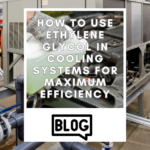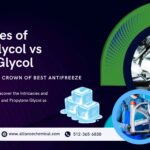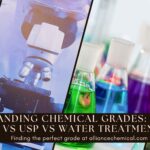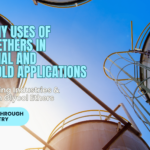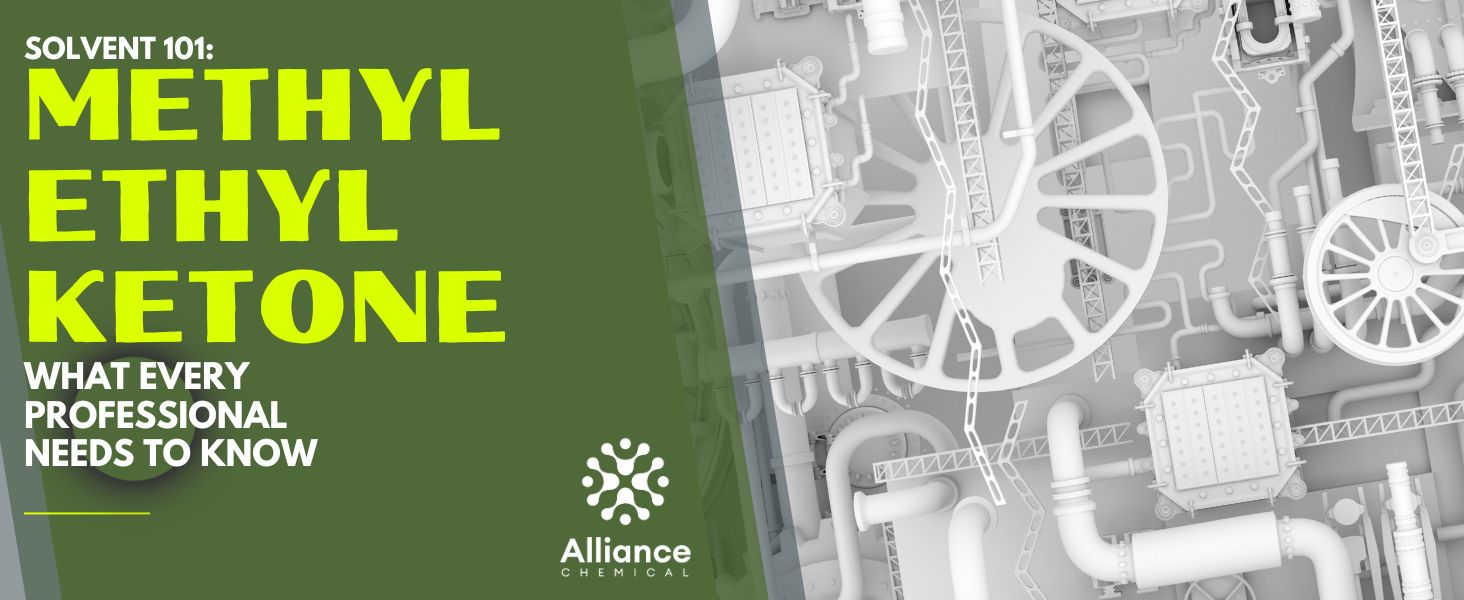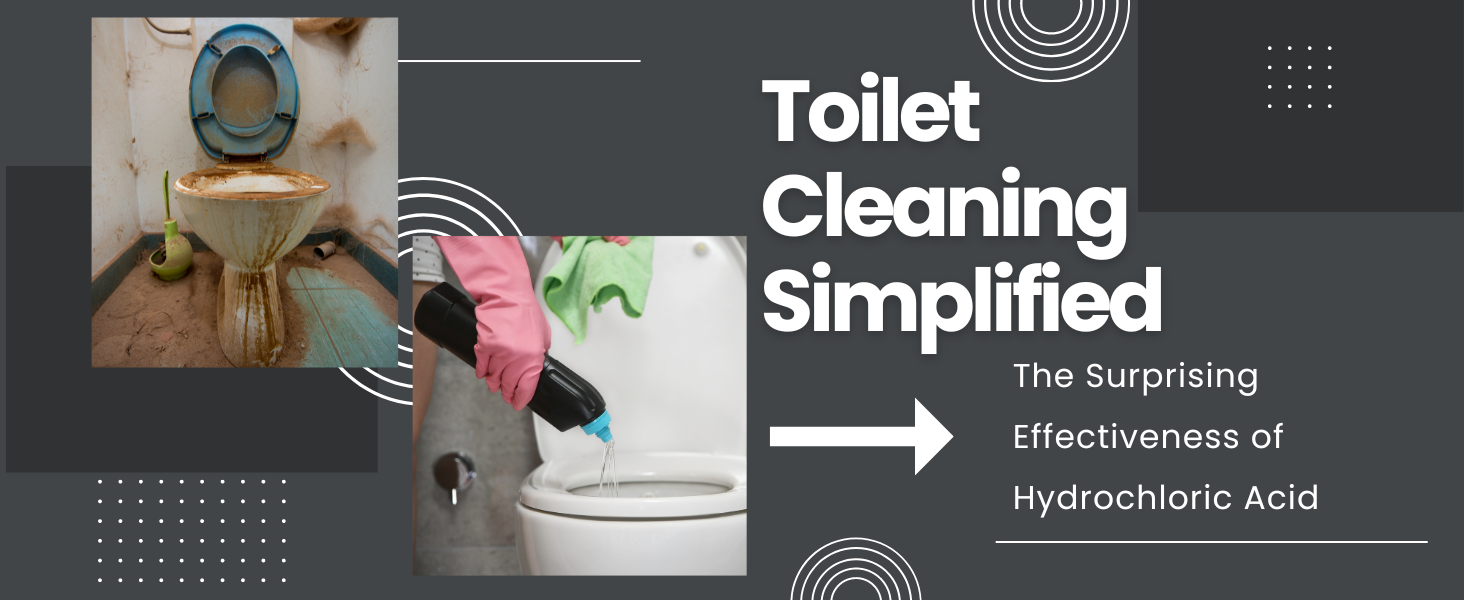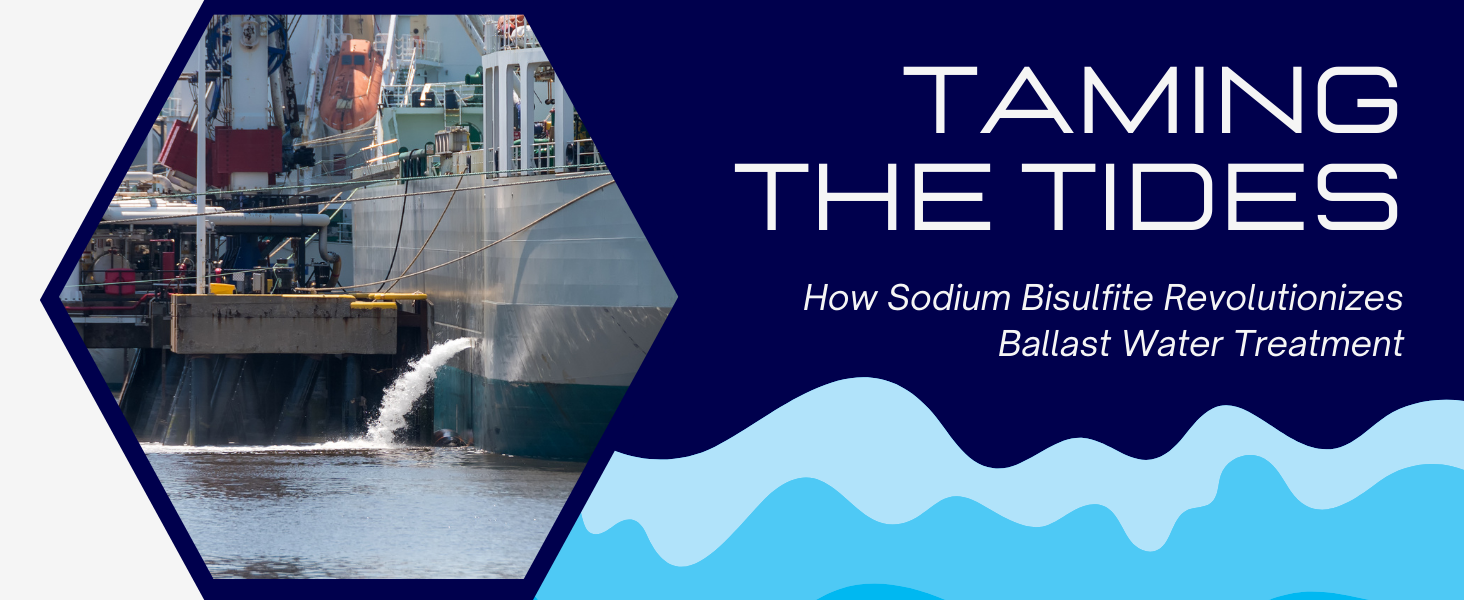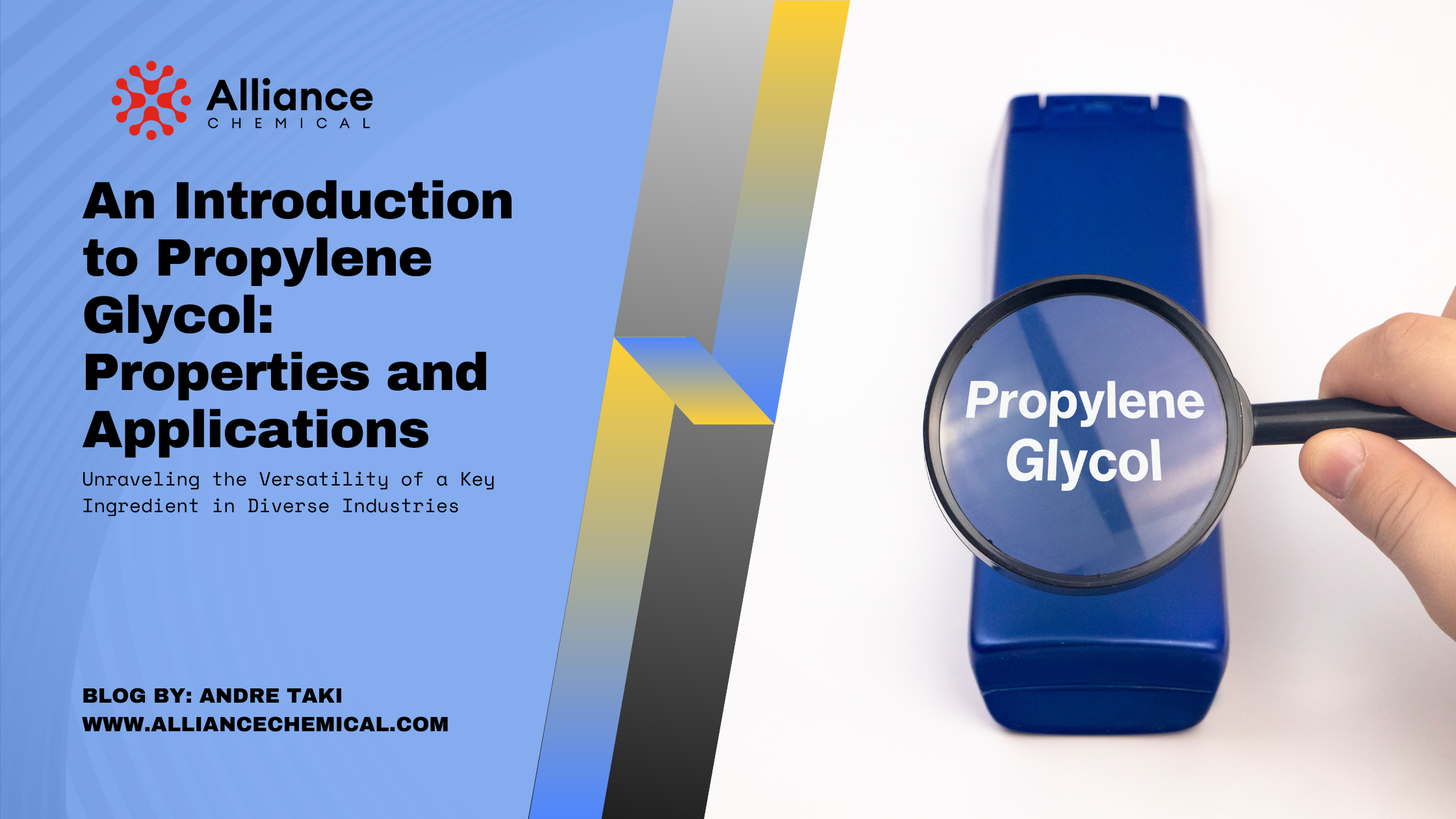
An Introduction to Propylene Glycol: Properties and Applications
Propylene glycol is a versatile, colorless, odorless, and non-toxic organic compound that is widely used in various industries, including food, cosmetics, pharmaceuticals, and more. In this article, we will explore the properties and applications of propylene glycol, and how different types, such as USP grade and technical grade, are used in various applications. Additionally, we will discuss the differences between propylene glycol, ethylene glycol, and glycol ether EE.
Properties of Propylene Glycol
Propylene glycol is a synthetic liquid substance that is hygroscopic (absorbs water) and miscible with water, acetone, and chloroform. It has a low toxicity level, which makes it suitable for use in various applications, including those that involve direct contact with humans. Some of the key properties of propylene glycol include:
- Low freezing point: Propylene glycol has a low freezing point, which makes it an excellent antifreeze and heat transfer agent. Products like Arctic Asssit Antifreeze utilize propylene glycol to prevent freezing in cold conditions.
- Stability: Propylene glycol is chemically stable and does not readily react with other substances. This makes it a suitable ingredient in many formulations.
- Solvency: It has good solvency properties, which allows it to dissolve various substances, including salts, sugars, and dyes.
- Hygroscopicity: Propylene glycol can absorb moisture from the air, making it a useful humectant in cosmetics and food products.
- Low toxicity: Propylene glycol has a low toxicity profile, making it suitable for use in food, pharmaceuticals, and personal care products.
-
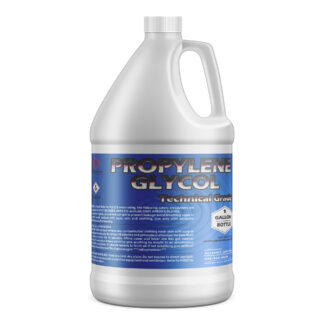 Propylene Glycol Technical Grade$23.00 – $4,875.00
Propylene Glycol Technical Grade$23.00 – $4,875.00 -
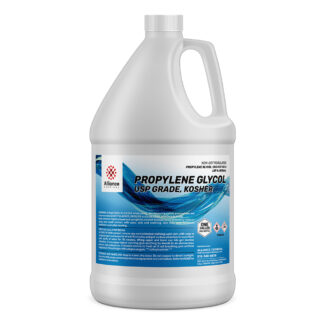 Propylene Glycol USP Grade$28.00 – $6,400.00
Propylene Glycol USP Grade$28.00 – $6,400.00
Applications of Propylene Glycol
Food Industry
Propylene glycol is widely used as a food additive, particularly as a humectant and solvent in various food products. Its low toxicity and ability to mix with other ingredients make it a popular choice for maintaining moisture levels in baked goods, candies, and processed foods.
Cosmetics and Personal Care Products
In the cosmetics and personal care industry, propylene glycol is used as a humectant, solvent, and emollient. It helps maintain moisture levels in lotions, creams, and other skincare products, and can also be found in hair care products, deodorants, and makeup.
Pharmaceuticals
Propylene glycol is used in pharmaceutical formulations as a solvent and humectant. It is often utilized in the production of oral, topical, and injectable medications, as well as in the manufacturing of medical devices such as inhalers.
Antifreeze and Coolants
One of the most common uses of propylene glycol is as an antifreeze and coolant in heating and cooling systems.
Plasticizers
Propylene glycol can also be used as a plasticizer in various industrial applications. It is an ingredient in the production of flexible plastics, coatings, and adhesives.
Differences Between Propylene Glycol, Ethylene Glycol, and Glycol Ether EE
While propylene glycol, ethylene glycol, and glycol ether EE share some similarities, they also have distinct differences that make them suitable for various applications.
Ethylene Glycol
Ethylene glycol is an organic compound that is chemically similar to propylene glycol but has different properties and applications. It is also colorless, odorless, and hygroscopic, but it is more toxic than propylene glycol. Due to its toxicity, ethylene glycol is primarily used in industrial applications and is not recommended for use in food, pharmaceuticals, or personal care products. Some common uses of ethylene glycol include:
- Antifreeze and Coolants: Ethylene glycol is a primary component in automotive antifreeze and engine coolants. It has a lower freezing point than propylene glycol, making it more effective in extremely cold environments.
- Heat Transfer Fluids: Ethylene glycol is used as a heat transfer fluid in industrial processes, where its low freezing point and high boiling point provide excellent thermal stability.
- Deicing Fluids: It is also used as a deicing agent for aircraft and runways due to its ability to depress the freezing point of water.
Glycol Ether EE
Glycol ether EE is another organic compound that is related to propylene glycol and ethylene glycol. It is a colorless liquid with a mild odor and has good solvency properties. Glycol ether EE is less toxic than ethylene glycol but is more toxic than propylene glycol. Its primary uses include:
- Solvents: Glycol ether EE is used as a solvent in various industries, including paints, coatings, and inks. It can dissolve a wide range of substances and is highly effective at reducing viscosity in various formulations.
- Cleaning Agents: Due to its strong solvency properties, glycol ether EE is often used as a component in cleaning agents for industrial and commercial purposes.
- Chemical Intermediates: Glycol ether EE is used as an intermediate in the synthesis of other chemicals, such as esters and amines.
-
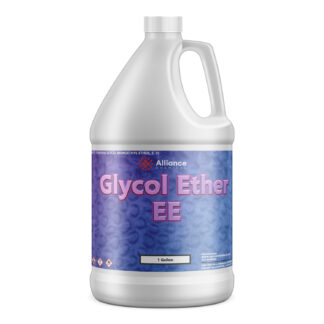 Glycol Ether EE$35.00 – $4,400.00
Glycol Ether EE$35.00 – $4,400.00 -
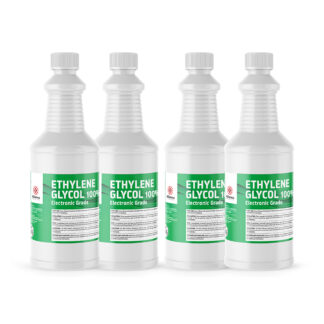 Ethylene Glycol Semiconductor Grade$21.00 – $3,300.00
Ethylene Glycol Semiconductor Grade$21.00 – $3,300.00
Conclusion
Propylene glycol is a versatile and widely used organic compound that offers numerous benefits across a range of industries. Its low toxicity, excellent solvency properties, and ability to function as an antifreeze and humectant make it a valuable ingredient in many applications.
While propylene glycol shares some similarities with ethylene glycol and glycol ether EE, each compound has its unique properties and uses. Ethylene glycol is primarily used in industrial applications due to its higher toxicity, while glycol ether EE is utilized as a solvent and chemical intermediate.
By understanding the properties and applications of these compounds, manufacturers and consumers alike can make informed decisions about their use in various products and processes.




